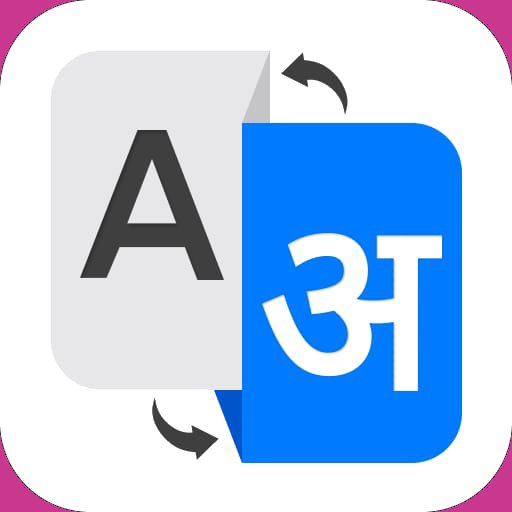Make Free Online Kundali
-
 Translate
Translate
- My Account
- Astropatri Values
- My Account

July 14, 2025 Author:
Long before apps and algorithms, Indian mystics charted the stars in a bid to better understand human experience. They were of the view that the time of your birth—precisely the time, place, and date—wasn’t coincidental. It was meaningful. It was coded. And cracking that code? That is the whole idea behind reading a Kundali.
If you ever glanced at your birth chart and didn’t have a clue as to what all the squares, planets, and zodiac symbols meant, never fear, you’re not alone! First of all, it can look like attempting to read a map in an unknown language. But if you know the general rules of thumb, then a Kundali is less baffling and more enlightening.
This guide is designed to make your chart as understandable as possible in the most practical, personal way. And if you have not yet created your Kundali, do so instantly for free using Astropatri’s online tool, just by entering your birth details.
Let us walk through it, step by step.
A Kundali is your astrological map. It’s a chart that indicates the precise positions of the planets at the time you were born. It’s like a celestial snapshot of the sky—your sky.
This chart illustrates the way in which the planets were placed in the 12 zodiac signs and 12 houses. And that placement? Supposedly it contains information about your personality, your assets, your emotional patterns, and even the timing of some life events.
Kundalis in Indian society are far more than mere charts. They’re used for taking significant decisions in life—particularly marriage matchmaking, professional development, career chances, and spirituality development. Certain families get a child’s Kundali done right at birth.
But you don’t need to be a professional astrologer to know your chart. You just need the proper starting place.
In a world full of questions, your Kundali can offer some answers.
Your Kundali isn’t about fatalism. It’s not telling you what must occur. It’s allowing you to perceive the terrain—your inner inclinations, your patterns of timing, and the energies with which you’re working. When you have that, you start to dance with life, instead of against it.
Learning your Kundali can assist you:
It’s less about “predicting the future” and more about navigating it wisely.
Your Lagna, or Ascendant, is your beginning. It is the zodiac sign that was rising on the eastern horizon at the time of your birth.
The Lagna will be placed as house number 1 in your Kundali chart.
This home determines the tone of your entire chart. It defines how the world perceives you, how you start things, and your general way of life.
Example:
If Gemini is in the first house, you may appear as astute, flighty, and inquisitive. If it’s Scorpio, you may appear intense, mysterious, or emotionally profound.
Your Lagna defines the shape of your entire chart, so the others are explained in comparison to it.
Each of the 12 houses in your Kundali represents a different part of your life. The numbering of the houses is uniform for everyone—but the signs and planets in them vary according to your own birth time.
Here’s what each house governs:
The planets placed in these houses show where your energy is focused and what life areas will be most active or challenged.
Vedic astrology uses nine key celestial bodies. Each one carries a unique kind of energy.
Each planet’s placement in your Kundali shows:
Example:
Jupiter in the 2nd house can make you wealthy and eloquent of speech. Mars in the 7th house can make intensity in relationships—occasionally pleasing drama, occasionally passion.
The planets don’t only reside in houses—they also reside in their zodiac sign. They act as filters, tinting the manner in which a planet expresses itself.
Here’s how signs affect planetary behavior:
Depending on the sign it is located in, a planet’s performance can either enhance or degrade.
In Vedic astrology, planets “look” at or influence certain houses and planets—even from a distance. This is called Drishti, or aspect.
Key aspects to know:
Aspects link various components of your chart. They typically outline opposite or surprising energies.
Astrologers studied planetary conjunctions with patterns through time. They sometimes bear blessings, but others indicate trouble.
Common Yogas (Positive Combinations):
Common Doshas (Challenging Combinations):
Astropatri’s expert reports can identify these automatically and offer remedies where needed.
Ready to decode your own chart? It takes less than two minutes.
Here’s how:
Full Name
Date of Birth
Exact Time of Birth
Place of Birth
That’s it. You’ll get a detailed birth chart with:
No technical knowledge required. Just your curiosity.
Kundali reading is not about predicting disasters or clinging to blind hope. It’s about understanding your journey. Your habits. Your inner wiring. And above all, your potential.
Maybe you’ve been doubting your purpose. Or struggling with a repeating pattern in relationships. Maybe life feels stuck. In all these moments, your Kundali can offer gentle insights—not magic answers, but meaningful directions.
It becomes your inner compass. A mirror. A guide.
Reading your Kundali doesn’t mean you’re giving away control of your life. It means you’re taking responsibility to understand yourself better. With Astropatri’s modern tools rooted in ancient wisdom, anyone can start this journey—no priest, no jargon, no confusion.
Because astrology is not just for mystics. It’s for anyone seeking clarity.
Generate your Kundali on Astropatri.com and discover what the sky had to say the moment you were born.
Let your birth chart be your beginning—not an end.